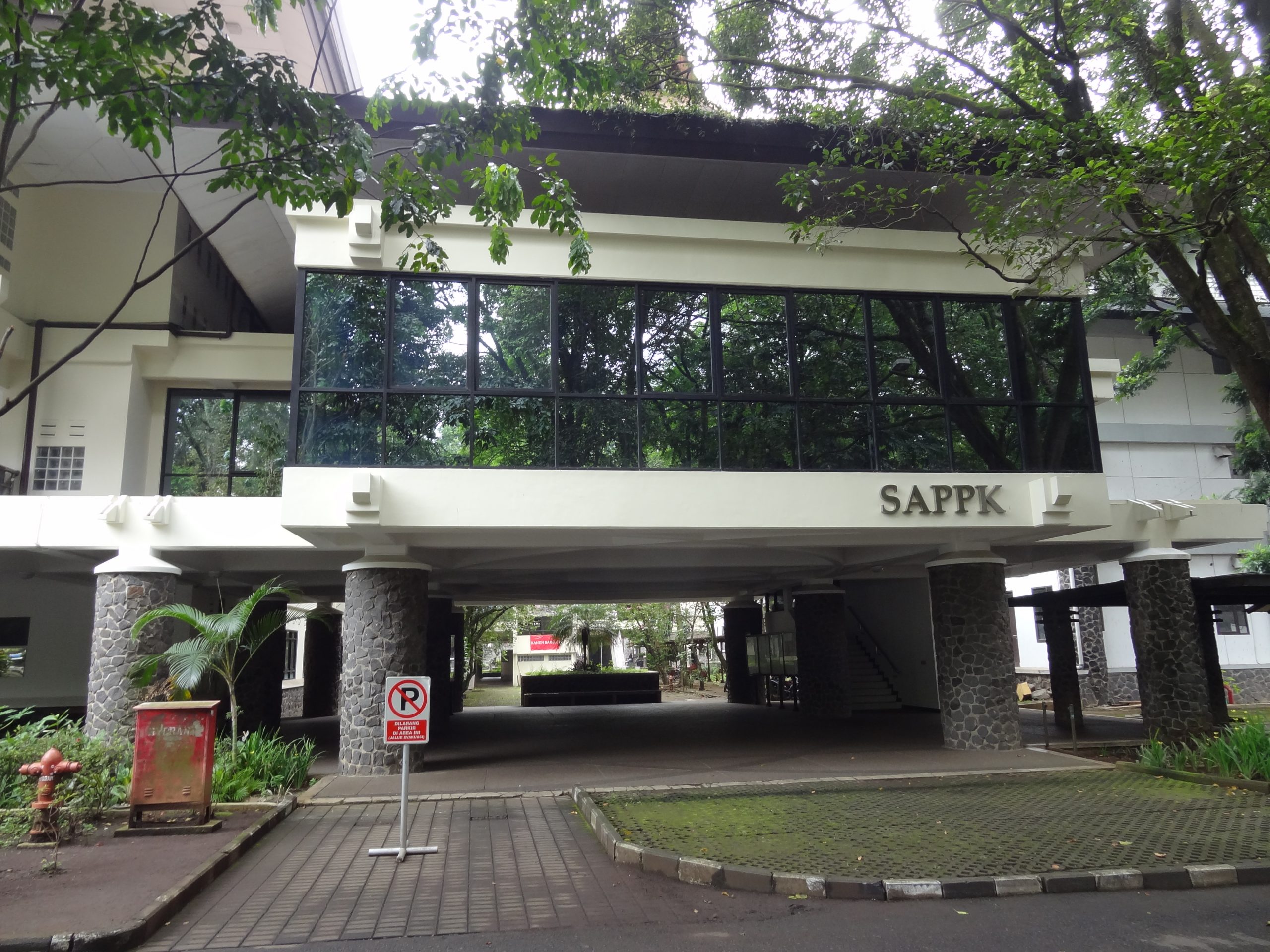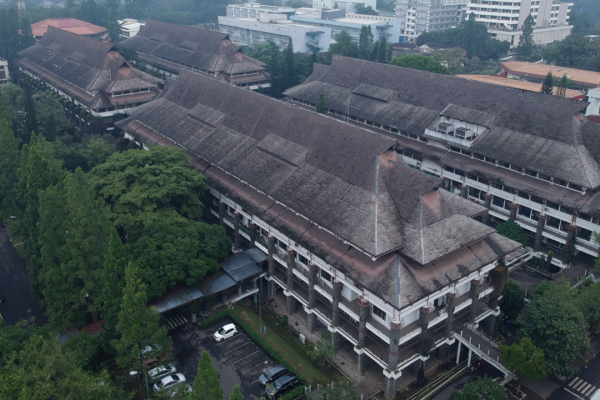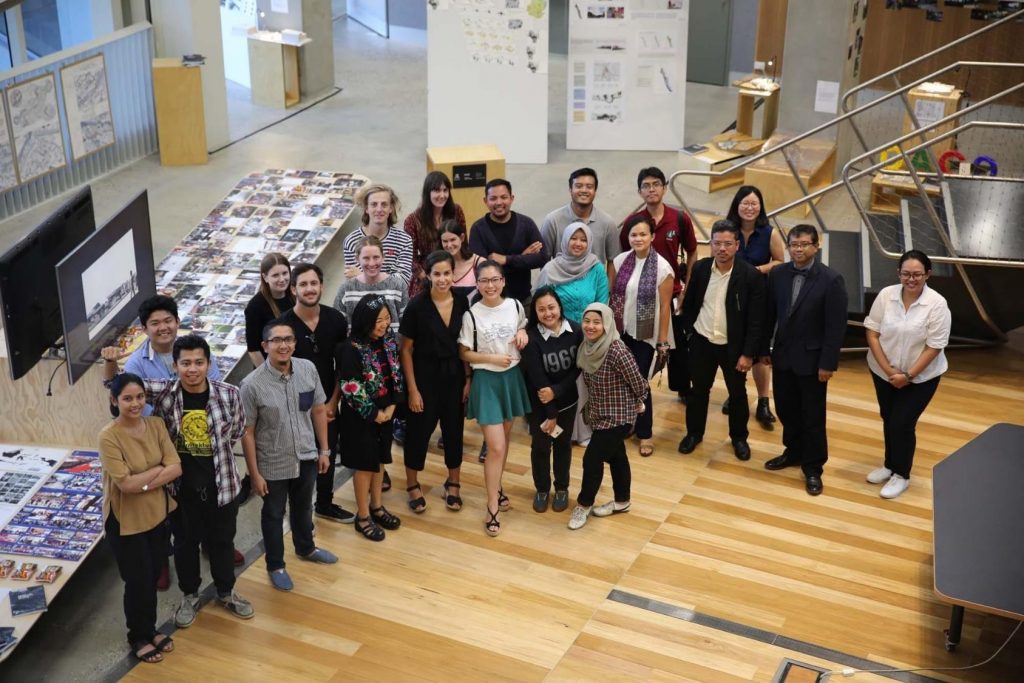
Profile

The school was established on 29 August 2005 with the ITB Rector Decree (No. 222/2005) which intends to reorganize ITB's academic units by increasing the number of faculties/schools from 7 (seven) to 11 (eleven). However, the elements of the school are not new, because they are derived from all programs and academic resources from 2 (two) existing departments, namely: Architecture which was established in 1950 and Urban and Regional Planning which was established in 1959 which was previously under the Faculty of Civil Engineering and Planning, and 2 (two) existing academic programs (namely: Development and Transportation Studies) which were previously under the Faculty of Industrial Engineering.
The newly established School of Architecture, Planning, and Policy Development began operating as an academic implementation unit responsible for education, research, and community service as of the date of its establishment. 1 January 2006 ,In addition, the university also has 11 (eleven) academic programs ranging from undergraduate to doctoral programs, 8 (eight) research groups, 82 (eighty-two) lecturers, 44 (forty-four) support staff, and around 1410 students.
Since 2016 there are 12 (twelve) academic programs ranging from undergraduate to doctoral programs, 9 (nine) research groups, 118 (one hundred and twelve) lecturers, 44 (fifty-seven) support staff, and ca. Our current student body is 1524 undergraduate and postgraduate students (data as of Jan 2019).

SAPPK Vision 2024
"To be an Inclusive, Adaptive, and Flexible institution in solving the nation's problems and achieving international reputation".
The SAPPK 2024 vision reflects "beyond boundaries" which is intended with the aim that this vision can be easily remembered by the SAPPK ITB academic community, including students who are the millennial generation and also the largest stakeholder in SAPPK.
Mission
"Creating, sharing, and applying knowledge in the field of design, planning and policy development of the built environment, as well as producing excellent human resources in this field to make Indonesia and the world better".
- The mission is elaborated in the SAPPK Objectives, as follows:
Realizing SAPPK as an institution that contributes to solving the nation's problems and achieving an international reputation in the implementation of education, research, and community service in the field of design, planning and development of built environment policies. - Improve the ability to collaborate internally and externally in producing work that contributes to solving the nation's problems and achieving an international reputation.
- Develop a good governance system by utilizing technology and information systems.
Values
In achieving its vision and mission, the School of Architecture, Planning and Policy Development is committed to upholding values: quality, ethics and justice and strictly adheres to the principles ofshared governance and collaboration, diversity, dignity, and integrity.

